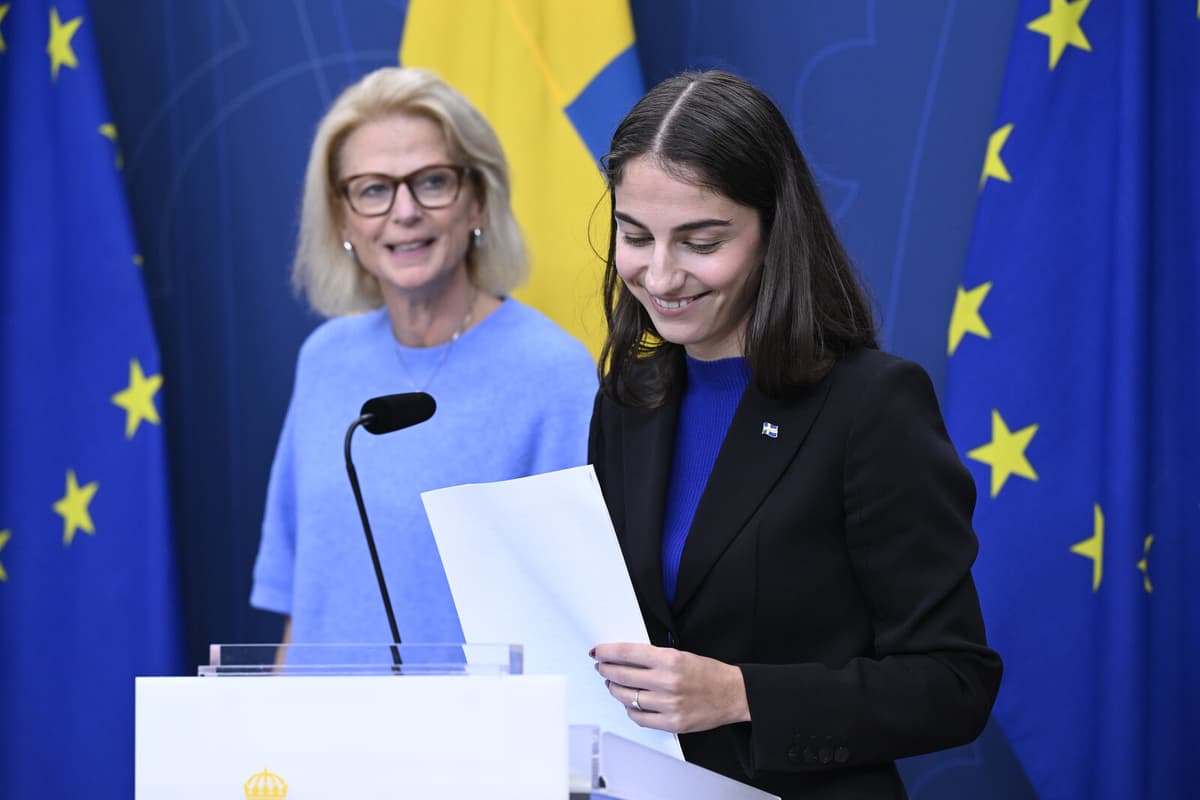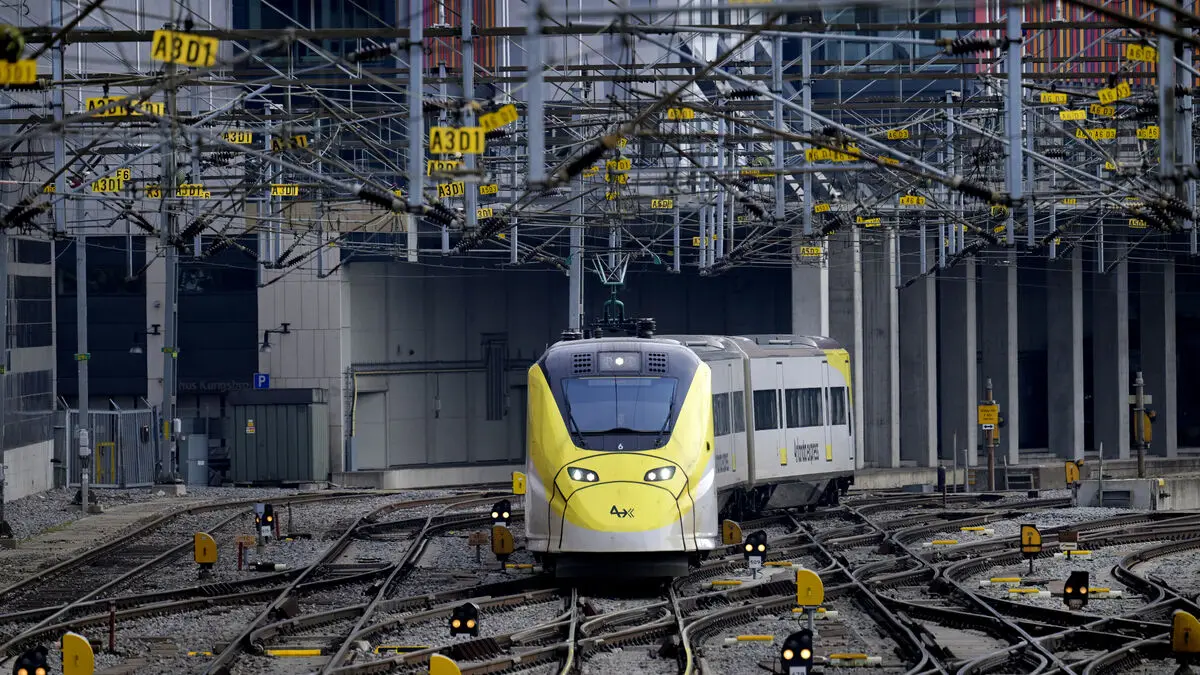This budget will reduce emissions, says Finance Minister Elisabeth Svantesson (M) at a press conference together with Climate and Environment Minister Romina Pourmokhtari (L).
She is referring to the state budget for 2025, which will be presented on Thursday. It includes an appendix that shows the climate impact of the government's policies.
This is a chapter that usually doesn't attract much attention. But in recent years, it has made headlines because the government has missed its targets, mainly due to the reduction obligation being significantly reduced at the turn of the year, which caused carbon dioxide emissions to skyrocket.
Changed course
The government has now changed course and will increase the reduction obligation from 6 to 10 percent next year, thus increasing the blending of biofuels in gasoline and diesel again.
This is one reason why emissions are expected to decrease in the future.
Emissions are expected to be lower in 2026 than when we took over in 2022, says Romina Pourmokhtari.
But it's not the main reason why the government is now counting on meeting the EU's so-called ESR commitment by 2030 – which mainly concerns emissions from transportation and agriculture. Instead, it's because the government is fully utilizing the flexible accounting rules that exist.
More important than increasing the reduction obligation to meet the targets is that the government can credit itself with the surplus from the emissions trading, i.e., that industry has overperformed with its emission reductions. Additionally, there are surpluses from 2021-2023, when the reduction obligation was much higher than today, which can be counted in.
Must decrease
But regardless of the accounting method, emissions in the transportation sector must decrease significantly in the future. Today, they account for around a third of total emissions.
Electrification is what the government wants to focus on, says Pourmokhtari.
None of Sweden's climate targets for 2030 will be met, according to the government's climate report.
That's the way it is. This government, just like the previous government, is not expected to meet all climate targets, both nationally and in the EU. It's still a task that needs to be done, says Pourmokhtari.
The national targets are not as flexible as the EU's, but instead, the emission changes are measured more directly at a specific point in time.
The climate report is based on data from, among others, the Environmental Protection Agency, which has submitted two alternative scenarios. The government believes that the more optimistic one is more likely, and then the EU target will be met.
But the government itself writes in the climate report that several of the assumptions are associated with significant uncertainty.
Sweden's overall climate goal is for Sweden to have no net emissions of greenhouse gases to the atmosphere by 2045 at the latest.
One intermediate target is for emissions in 2030 to be 63 percent lower than emissions in 1990.
Another intermediate target is for emissions from domestic transportation, excluding domestic flights, to decrease by at least 70 percent by 2030 compared to 2010.
The EU's so-called ESR commitment, which mainly concerns transportation and agriculture, means that Sweden must reduce emissions by 50 percent by 2030 compared to 2005.
Source: The Government





